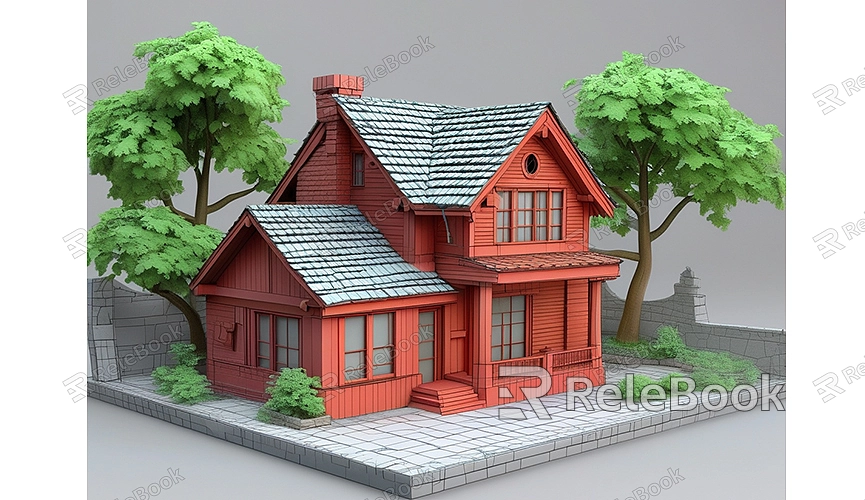How to open blender render in compositor
Blender is a powerful 3D modeling and rendering software that not only creates complex 3D models but also allows for detailed image compositing. The Compositor is a crucial feature in Blender, enabling users to perform post-processing and adjustments on rendered images. This guide will walk you through how to open and process render images in Blender's Compositor, helping you better master its capabilities.
Understanding Blender's Compositor
Blender’s Compositor is a node-based tool that lets you process rendered images by connecting various nodes. You can use the Compositor to adjust image color, brightness, contrast, and even perform more complex effects such as blurring, sharpening, and color grading.

Opening Blender's Compositor Interface
To use the Compositor in Blender, you first need to open its interface:
1. Switch to Compositor Layout: Open Blender and go to the layout selection menu at the top. Choose the “Compositing” layout to switch your Blender interface to the Compositor mode.
2. Enable Nodes: In the Compositor layout, make sure the “Use Nodes” option is checked. This will display the node editing area of the Compositor.
Importing Render Images into the Compositor
In Blender’s Compositor, you need to import your render images into the node editor for post-processing. Follow these steps:
1. Render the Image: First, complete the rendering process. Click on the “Render” menu at the top and select “Render Image.” Ensure your scene and render settings are properly configured.
2. Open the Image: After rendering is complete, switch to the “Image Editor” window. Here, you’ll see the rendered image. You can now import this image into the Compositor for processing.
3. Add an Input Node: Return to the Compositor layout, click the “Add” menu, select “Input,” and then choose “Render Layers.” This will add a Render Layers node to your node editor, which will automatically connect to your rendered image.
4. Connect Nodes: Connect the output of the Render Layers node to the input of the “Composite” node. This allows you to view and process the rendered image within the Compositor.

Using the Compositor for Image Processing
In the Compositor, you can use various nodes to adjust and process your image. Here are some commonly used nodes and methods:
1. Color Adjustment: Use the “Color Balance” node or the “Levels” node to adjust the image’s color and brightness. These nodes help enhance the contrast and color saturation of your image.
2. Blurring and Sharpening: The “Blur” node can apply a blur effect to the image, while the “Sharpen” node enhances image details. These effects are useful for adjusting image clarity and detail.
3. Compositing Effects: Use the “Mix” node to combine multiple image effects. For example, you can overlay the rendered image with different textures or images to create richer effects.
4. Output the Image: After processing the image, ensure you connect the Compositor’s output to the “Composite” node so that you can see the final result in the render. Click the “Render” menu and select “Render Animation” to save the processed image to a file.
Blender’s Compositor is a powerful tool for various post-processing tasks on rendered images. By learning how to open and process render images in the Compositor, you can better control the final results. If you need high-quality 3D textures, HDRIs, or 3D models for your projects, you can download them from Relebook and directly import them into your models. Mastering these techniques will enable you to create more professional-looking image effects.

